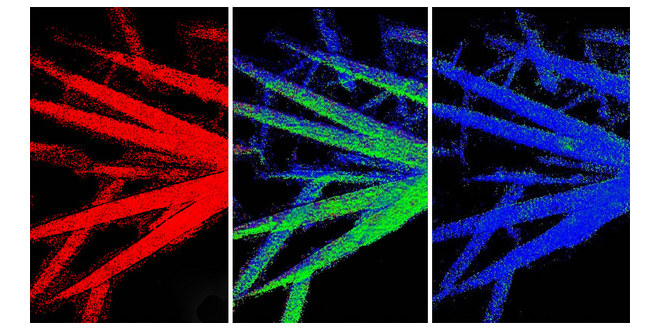“Iron fluoride has the potential to triple the amount of energy a conventional lithium-ion battery can store,†says Song Jin, a Professor of Chemistry at the University of Wisconsin-Madison. “However, we have yet to tap its true potential.â€
Jin and his colleagues have been using a novel X-ray imaging technique to visualize and study the electrochemical reactions in Li-ion batteries containing iron fluoride. Their findings, which have been published in Nature Communications, may help researchers to overcome the limitations that have prevented the material from being more widely used.
“In the past, we weren’t able to truly understand what is happening to iron fluoride during battery reactions, because other battery components were getting in the way of getting a precise image,†says Li.
One problem with iron fluoride is that it doesn’t recharge very well in its current form. By examining iron fluoride transformation in batteries at the nanoscale, Jin and his team were able to pinpoint each individual reaction to understand the reasons for capacity decay.
“In analyzing the X-ray data on this level, we were able to track the electrochemical reactions with far more accuracy than previous methods, and determined that iron fluoride performs better when it has a porous microstructure,†says Li.
The second challenge is that iron fluoride materials don’t discharge as much energy as they take in, reducing efficiency. The current study yielded some preliminary insights into this problem, which the researchers will be exploring in future experiments.
“If we can maximize the cycling performance and efficiency of these low-cost and abundant iron fluoride lithium-ion battery materials, we could advance large-scale renewable energy storage technologies for electric cars and microgrids,†says Li.
Source: ChargedEVs



